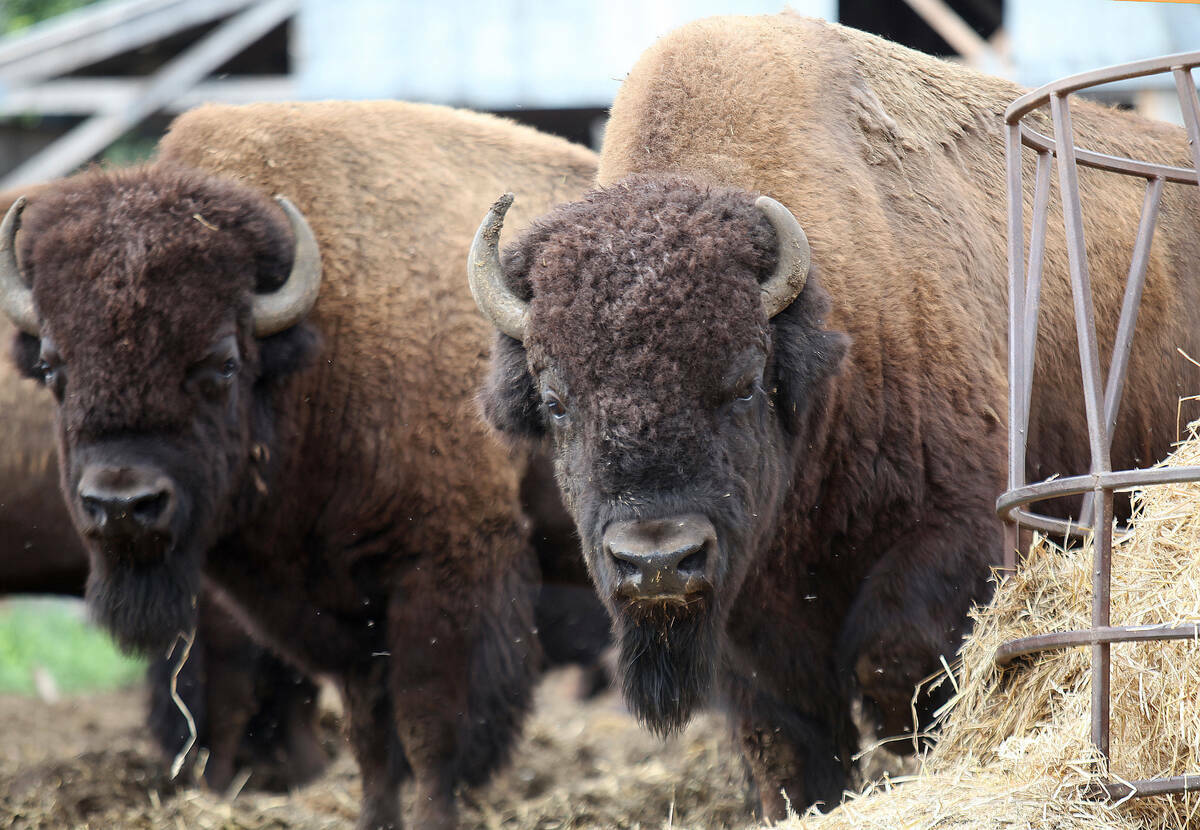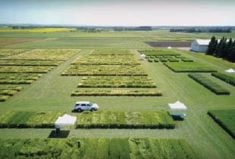The devil is in the details when it comes to a new labour bill that will allow farm workers to unionize, among other things.

“There are a lot of little things on the ag side that are really going to affect how farmers are going to have to manage their employees,” said Kent Erickson, co-chair of the AgCoalition.
“If the cost is going to go up and it really isn’t going to make workers safer or create a different environment for workers, we just want to make sure it makes sense.
“Any time that you add costs to an industry that’s a price-taker, we always want to take a critical analysis of that.”
There weren’t many surprises in Bill 17 (the Fair and Family-Friendly Workplaces Act), a labour bill that went through first reading on May 25 and, if passed, would take effect Jan. 1, 2018. Among new employment standards for workers province-wide, Bill 17 has broadened employment standards and amended labour relations provisions to include waged farm workers, which would allow them the ability to unionize if they choose and to bargain collectively.
Read Also

Bison prices remain high, but supply shrinks
Bison numbers are down amid increasing demand and record high market prices.
But “there were some key nuances,” said Erickson, who farms near Irma.
“This bill really does change the philosophical thinking on the farms, and we want to make sure the government knows that there are some areas of concern that we didn’t feel were presented from the tables,” he said.
“We have to figure out how these little nuances are going to affect the different sectors.”
The Alberta Farm and Ranch Safety Coalition — more commonly known as AgCoalition — released a report on June 6 detailing some of those concerns.
The first was around the consultation process for this bill. Initially, labour relations were included under Bill 6, the Enhanced Protection for Farm and Ranch Workers Act. A dedicated technical working group worked on the labour relations portfolio as part of the Bill 6 consultation process, bringing forward recommendations to government on farm workers’ rights to unionize and strike. In the end, the labour relations group (called a ‘table’) reached consensus on only five out of 10 recommendations to government.
“The labour table really didn’t agree with a whole lot, so with Bill 17, the government really did push forward on a number of decisions that weren’t what the ag community was looking for,” said Erickson.
“Obviously this government has an approach it’s looking for when it comes to workers’ unionization and bringing ourselves to a standard that’s like some of the other jurisdictions.
“So the technical working group wasn’t a lot of use on this one.”
While the government did include some of the recommendations from the technical working group in Bill 17 — including an exemption for family members and the ability to appoint a public emergency tribunal to dispel labour disputes quickly — other recommendations were ignored, said the AgCoalition report.
For instance, greenhouses and nurseries have been excluded from the definition of ‘primary agriculture’ in Bill 17, subjecting them to “different rules than the rest of agriculture.” The bill has also made the unionization process “substantially easier, and thus possibly more frequent,” by extending the duration of union drives from 90 days to 180 days, removing the secret ballot process, reducing the number of employees needed to unionize, and removing ‘anti-salting’ provisions, which prevented unions from planting employees in workplaces to initiate the unionization process.
“There’s so many different sectors in agriculture, so when you’re looking at the large grain farms with a lot of employees or a cow-calf operation with one or two employees, some of these things don’t necessarily resonate as being a big deal in the long run,” he said.
“But we’re representing all the different sectors, and we have to make sure that everybody’s voice is heard. In trying to understand the new rules and how they’re going to affect certain sectors, we need to do a critical economic analysis, and we haven’t seen that.
“Any time we have added costs, it’s something we have to look at.”
So far, the AgCoalition has had two meetings with the provincial government about Bill 17, but there is more work to be done to make this legislation palatable for agriculture before it comes into effect Jan. 1.
“We’re definitely going to be working with government on making this bill work,” said Erickson. “They say there’s some flexibility in how we define some of these rules, and we’re going to have to be part of moulding those rules.
“If we can do some analysis and understand how it’s going to affect our farms, we’ll hopefully be able to put some practical things together in the regulations that will work.”
AgCoalition’s full report can be viewed at www.agcoalition.ca.















